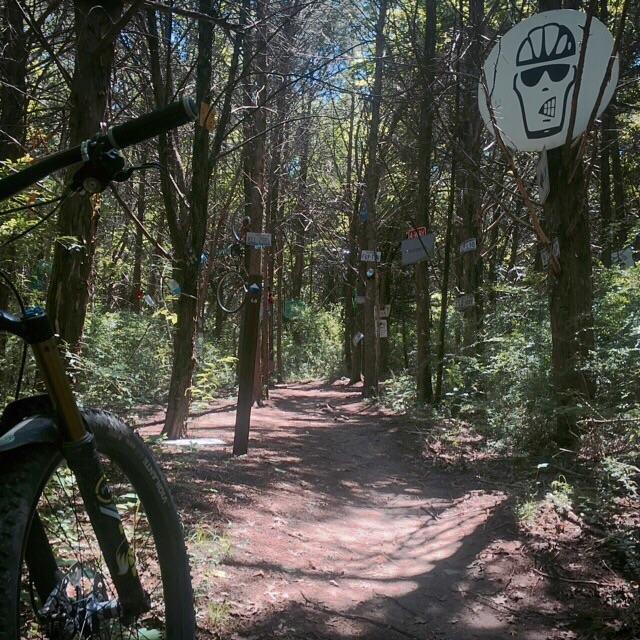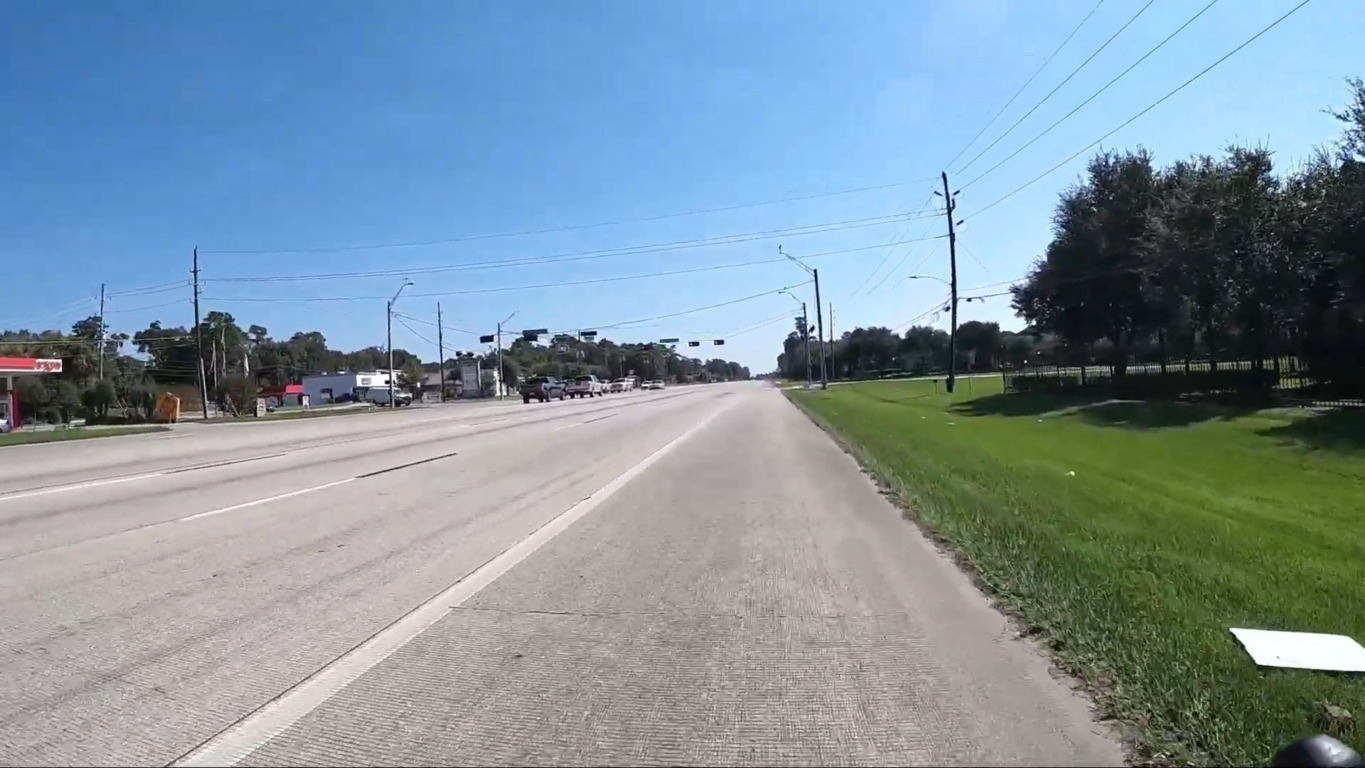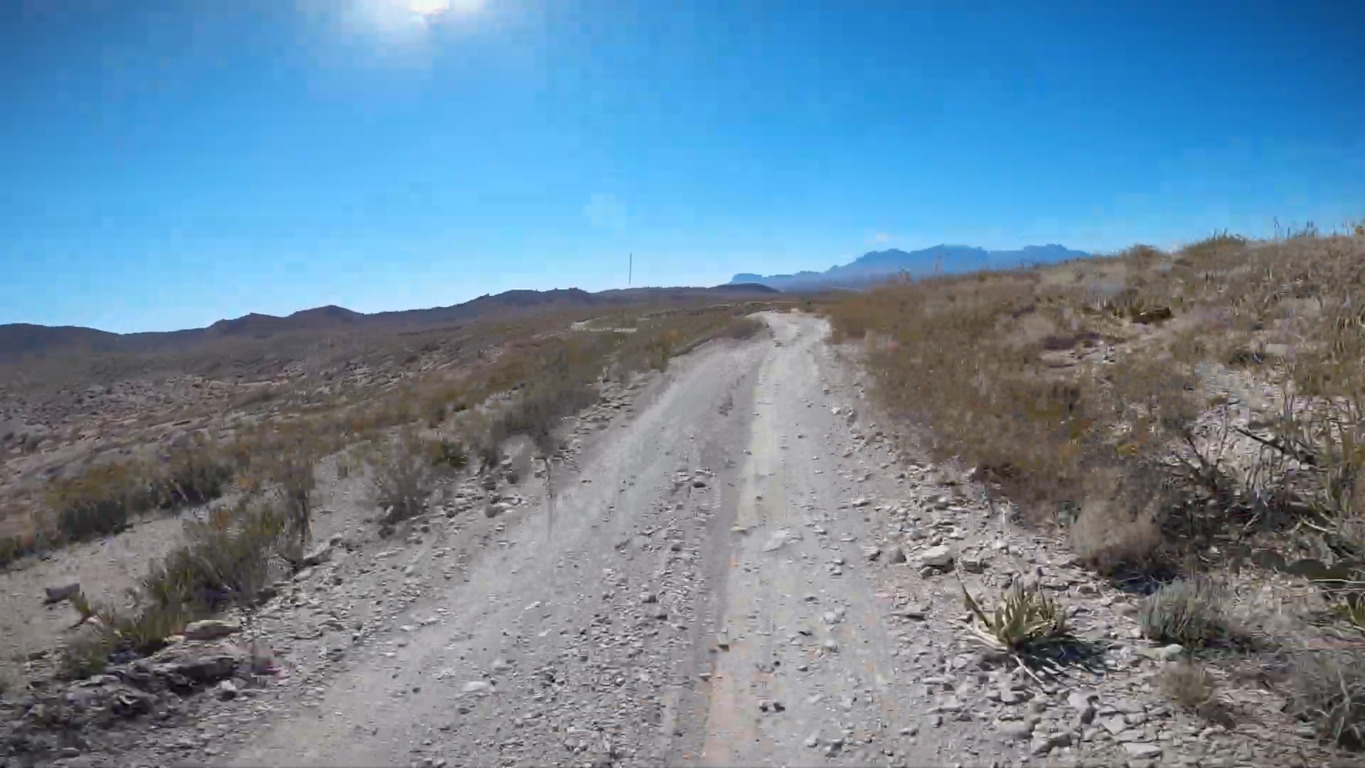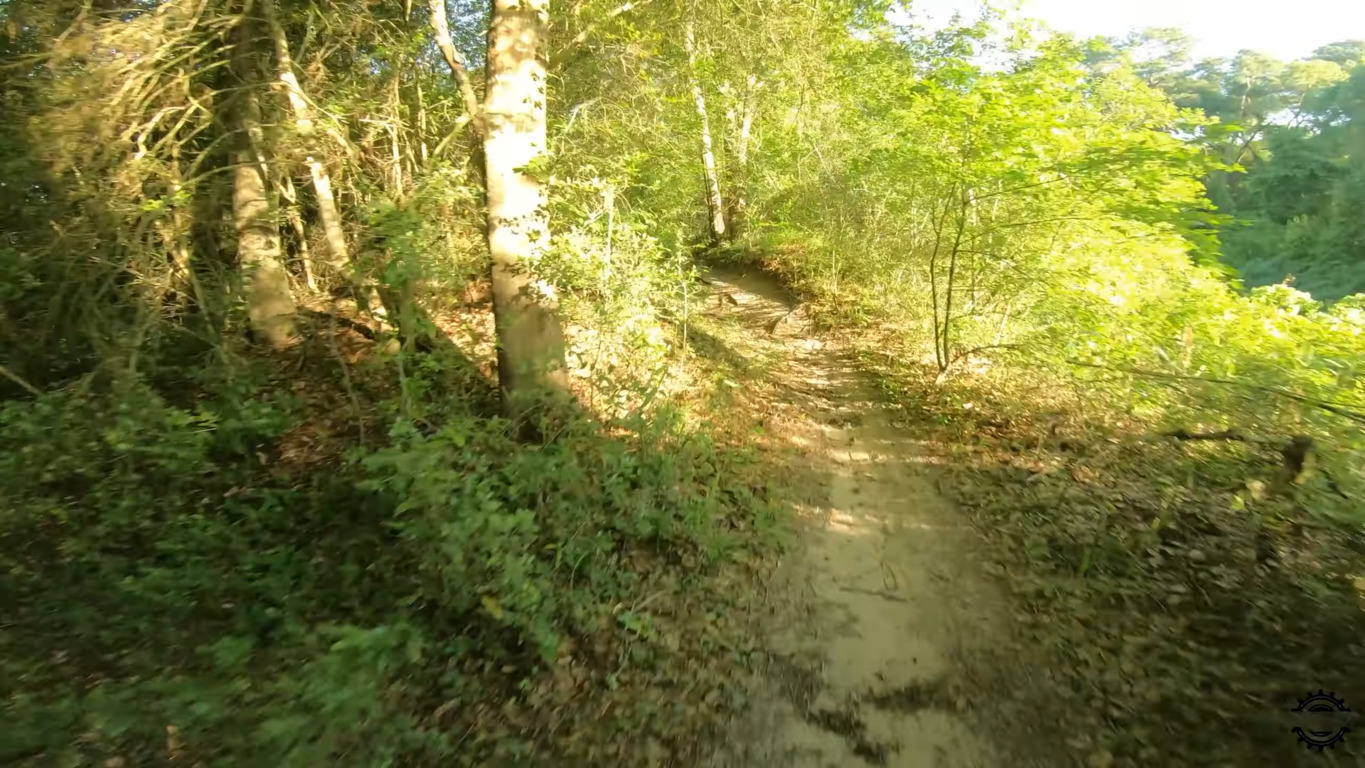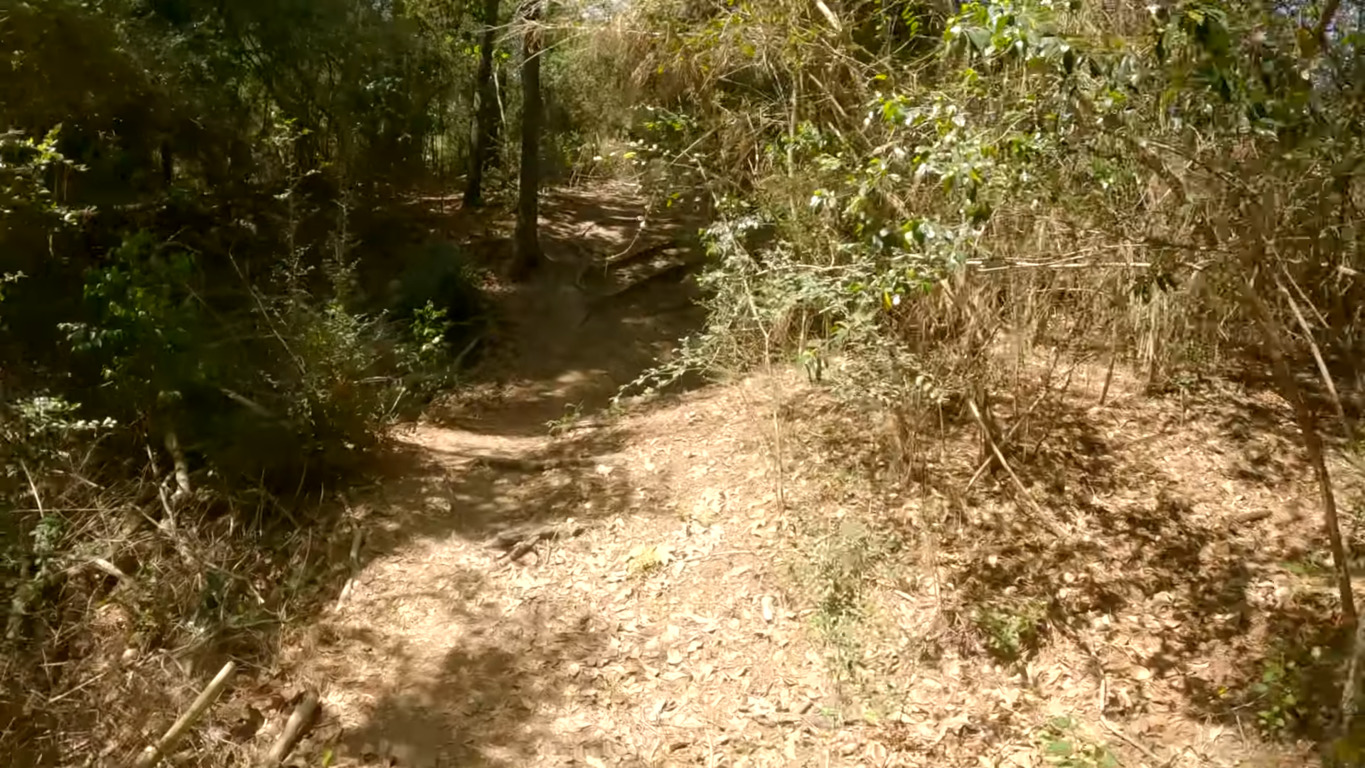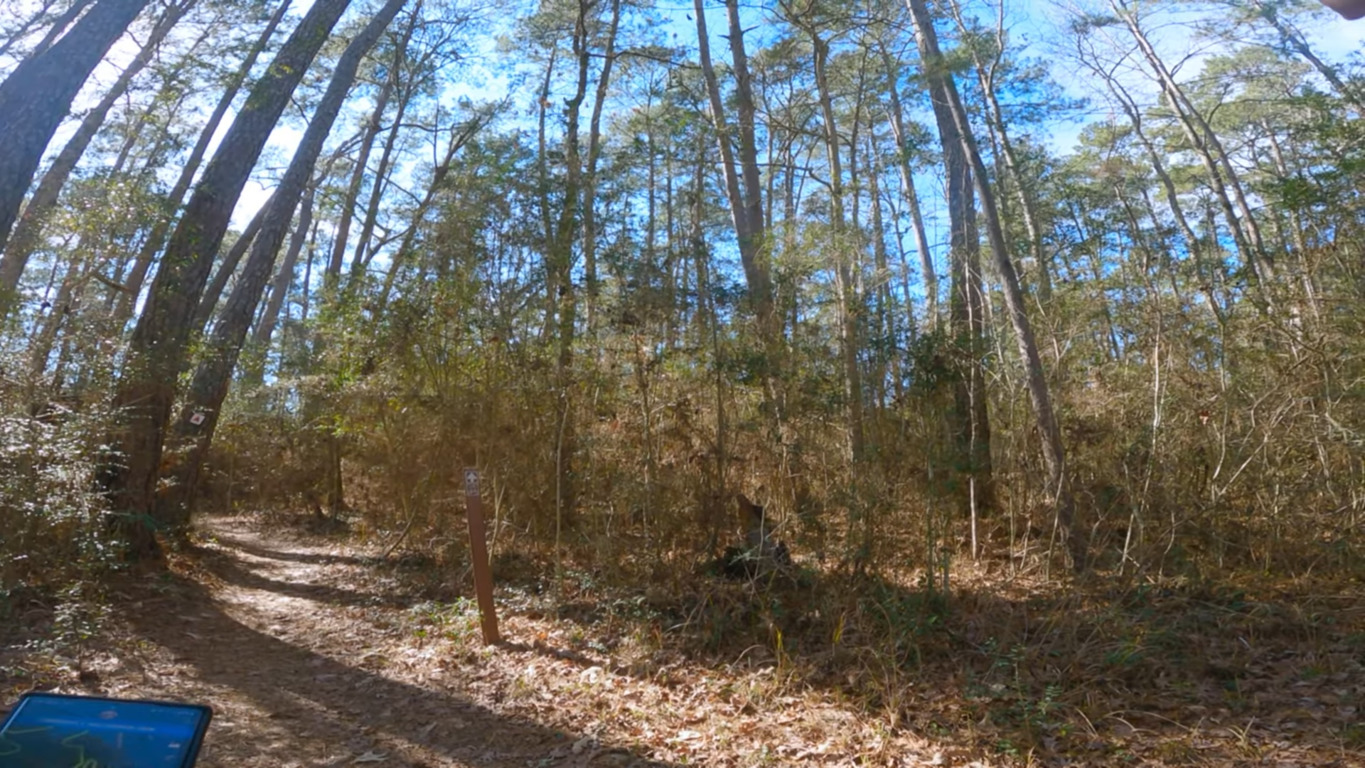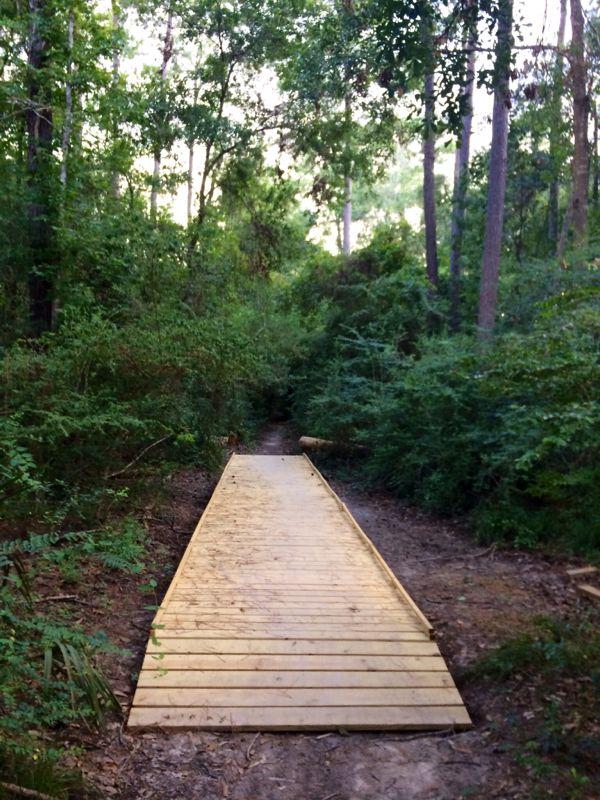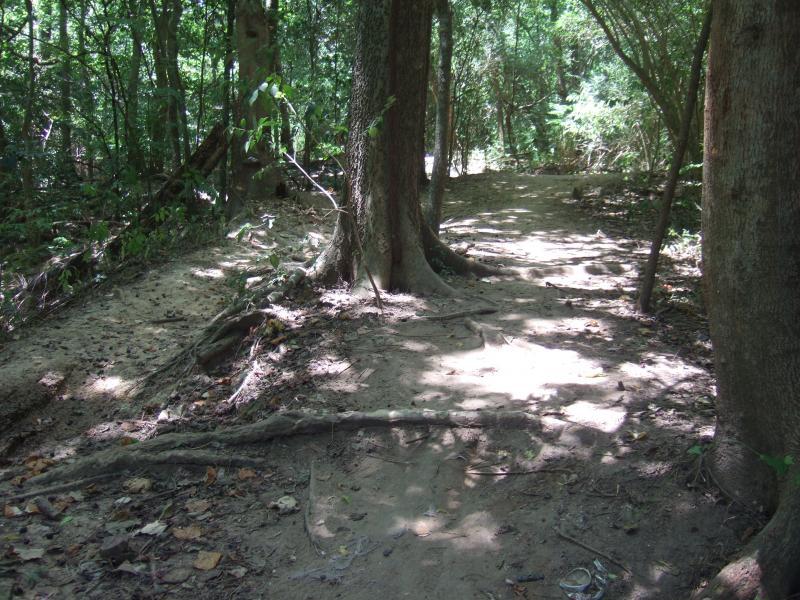Texas: Area Description
Located in the southern parts of the US, Texas is the second-largest state with an area of 268,597 mi². This state is bordered by four other states, New Mexico to the west, Oklahoma to the north, Louisiana to the east, and Arkansas to the northeast.
Geography of Texas
Texas' geography is quite diversified. The western region is dominated by the enormous Chihuahuan Desert, while its eastern section mostly comprises coastal lowlands. The central part is hilly, with rolling hills and beautiful valleys.
The highest point of this state is Guadalupe Peak, which is approximately 8,749 feet tall. Other significant natural attractions in the state are Padre Island National Seashore and Big Bend National Park.
Texas also contains several rivers, including:
- Rio Grande
- Pecos
- Nueces
- San Antonio
- Guadalupe
- Lavaca
- Colorado
- Brazos
These rivers provide locals with water for several activities, including domestic and commercial.
| Land area |
268,597 mi² |
| Max elevation |
9,626 ft |
| Min elevation |
-7 ft |
Demographics of Texas
In 2021 Texas had a population of approximately 29.53 million and a density of 105.2 people per square mile. This population comprises people from different racial and ethnic groups, as shown below.
- White (including Hispanic)-6%
- Hispanic or Latino (of any race)- 39.4%
- Black or African American- 12.5%
- Asian- 5.4%
- Other - 0.1%
The other category represents American Indians, Pacific Islanders, Alaska Natives, and Native Hawaiian. Mixed-race people also belong to this group.
The median age in this state is around 34.2, meaning the population comprises mainly young people.
In terms of religion, Texas has a large Christian population, with Protestant denominations making up the majority of the religious population. Nevertheless, the state has many Catholic, Muslim, and Jewish people.
| Total population |
29.53 million |
| Population density |
105.2 people per square mile |
Climate of Texas
Texas has a diversified climate depending on the region. The eastern part of this state which has cities like Houston and Dallas features a humid and subtropical climate. Winters are typically mild with sporadic cold outbreaks, while summers are typically hot and humid, with temperatures frequently exceeding 90 °F. The area also experiences significant rainfall during Spring and early Summer.
The western region, which contains cities like El Paso and Lubbock, features an arid and semi-arid climate. This area also experiences hot and dry Summers with temperatures that frequently exceed the 100 °F mark, while Winters are often moderate and dry. Additionally, it experiences sporadic droughts and storms.
The weather is often mild and pleasant in Texas' central region, which includes cities like San Antonio and Austin. Summers are normally warm but not as hot as other regions, with the highest temperature reaching 80 °F. The region also experiences average annual rainfall and has occasional severe cold snaps throughout Winter.
If you want to bike in this region, consider doing so during Fall, which runs from September to November, or during Spring which runs from March through May. This is because these seasons feature mild temperatures, and low humidity, allowing you to enjoy biking.
In some cases, other people prefer biking during summer, which starts in June and ends in August. Since this season features extremely high temperatures, consider biking in the morning when it's cool.
Biking in this area during Winter is not ideal since most parts of this region experience extremely low temperatures or even ice and snow at worst. Nevertheless, some trails offer excellent winter biking opportunities but require excellent riding skills.
Average temperature by months
| HIGH |
Houston |
Dallas |
Austin |
El Paso |
| JAN |
64°F |
57°F |
62°F |
59°F |
| FEB |
68°F |
62°F |
67°F |
65°F |
| MAR |
74°F |
69°F |
74°F |
73°F |
| APR |
79°F |
77°F |
80°F |
81°F |
| MAY |
86°F |
84°F |
86°F |
89°F |
| JUN |
91°F |
91°F |
92°F |
96°F |
| JUL |
94°F |
95°F |
95°F |
95°F |
| AUG |
94°F |
95°F |
96°F |
93°F |
| SEP |
90°F |
88°F |
90°F |
88°F |
| OCT |
82°F |
78°F |
81°F |
79°F |
| NOV |
73°F |
67°F |
72°F |
67°F |
| DEC |
66°F |
58°F |
64°F |
59°F |
| LOW |
Houston |
Dallas |
Austin |
El Paso |
| JAN |
47°F |
39°F |
43°F |
35°F |
| FEB |
50°F |
43°F |
46°F |
40°F |
| MAR |
56°F |
50°F |
53°F |
46°F |
| APR |
63°F |
58°F |
60°F |
54°F |
| MAY |
70°F |
66°F |
68°F |
62°F |
| JUN |
75°F |
73°F |
73°F |
70°F |
| JUL |
77°F |
77°F |
75°F |
73°F |
| AUG |
77°F |
76°F |
75°F |
71°F |
| SEP |
73°F |
69°F |
70°F |
65°F |
| OCT |
65°F |
59°F |
61°F |
54°F |
| NOV |
56°F |
49°F |
52°F |
43°F |
| DEC |
49°F |
41°F |
45°F |
35°F |
Infrastructure in Texas
Texas has a vast and complex infrastructure. It features an extensive network of modern highways that connect the state's major cities and regions. This area also has several airports, making transportation quite convenient. Examples of good airports in the region include:
- Houston George Bush Intercontinental Airport
- Austin-Bergstrom International Airport
The public transportation system in this state is quite reliable. It includes buses and light rail services in major cities like Houston, Dallas, and San Antonio. Therefore, you don't have to come with your car or hire a car rental.
Another thing worth mentioning is the state's energy infrastructure. Texas has a large energy infrastructure, which includes natural gas pipelines, wind farms, and oil refineries. The oil and gas industry is a crucial component of the state's economy since it produces the leading export goods.
This state has many hotels ranging from budget-friendly motels to luxurious resorts. Most of these hotels are located in major cities like Houston, San Antonio, Dallas, Austin, and Fort Worth, as well as in rural and small towns across the state. These hotels offer accommodation when you go biking in the area. Stay for as many days as you want and explore most of the trails in the area. Additionally, they prepare a wide range of local and traditional cuisines, allowing you to choose what you want. If you don't want to stay here, order a meal after a long day of biking from the cafes located in different areas before heading home.
Traveling with your car is not a problem since this state has several gas stations in the rural and urban areas allowing you to refuel your car. Most of these gas stations also have convenience stores where you can buy several items, such as snacks and bottled water, to replenish your energy after a long day of biking.
Sights and Landmarks in Texas
Texas has several sights and landmarks, making it a popular destination for local and international tourists. Here are some of them:
- RiverWalk- Located in San Antonio, RiverWalk features several walkways alongside the San Antonio River. It also has several stores, restaurants, and tourist destinations.
- Fort Worth Stockyards- This is a historic area in Fort Worth. It features cattle drives, western-themed stores, restaurants, and rodeos showcasing the state's cowboy and ranching history.
- Cadillac Ranch- Cadillac Ranch is an art installation facility located in Amarillo. It contains ten vintage Cadillac cars buried nose-first in the ground
- State Capitol- The Texas State Capitol in Austin is a magnificent example of Renaissance Revival architecture. This is where the offices of most government officials are located.
- Padre Island National Seashore- Located on the Gulf Coast, this property has more than 70 miles of untouched beaches, sand dunes, and wildlife habitats.
- San Jacinto Monument- Located near Huston, the monument honors the San Jacinto Battle, which resulted in Texas' independence from Mexico.
FAQ
What is the hardest biking trail in Texas?
Texas features several challenging trails, but the Davis Mountains Preserve Trail is the toughest. Located in West Texas, near Fort Davis, this 20-mile trail has rugged terrain with steep mountains and technical drops. Therefore, you need excellent biking skills to ride in the area. Also, avoid biking in the area during seasons with harsh weather conditions, such as Winter, since you risk getting involved in an accident.
Which is the longest trail in Texas?
Texas Hill Country Loop, sometimes referred to as the Texas Hill Country Trail Region, is the longest biking trail in Texas. On average, this trail is about 315 miles long and passes across Central Texas' beautiful landscapes and undulating hills. It features rough terrain, including steep climbs and twisty descents, allowing you to enjoy biking in a natural environment.
Which is the oldest biking trail in Texas?
The oldest biking trail is famously known as Katy Trail. This trail was originally a railroad line built in the 1860s. The corridor was later transformed into a biking trail after the railroad was abandoned in the 1980s. On average, this trail is about 240 miles and runs from the Dallas to Missouri border. If you love outdoor activities, this is the best trail to consider.

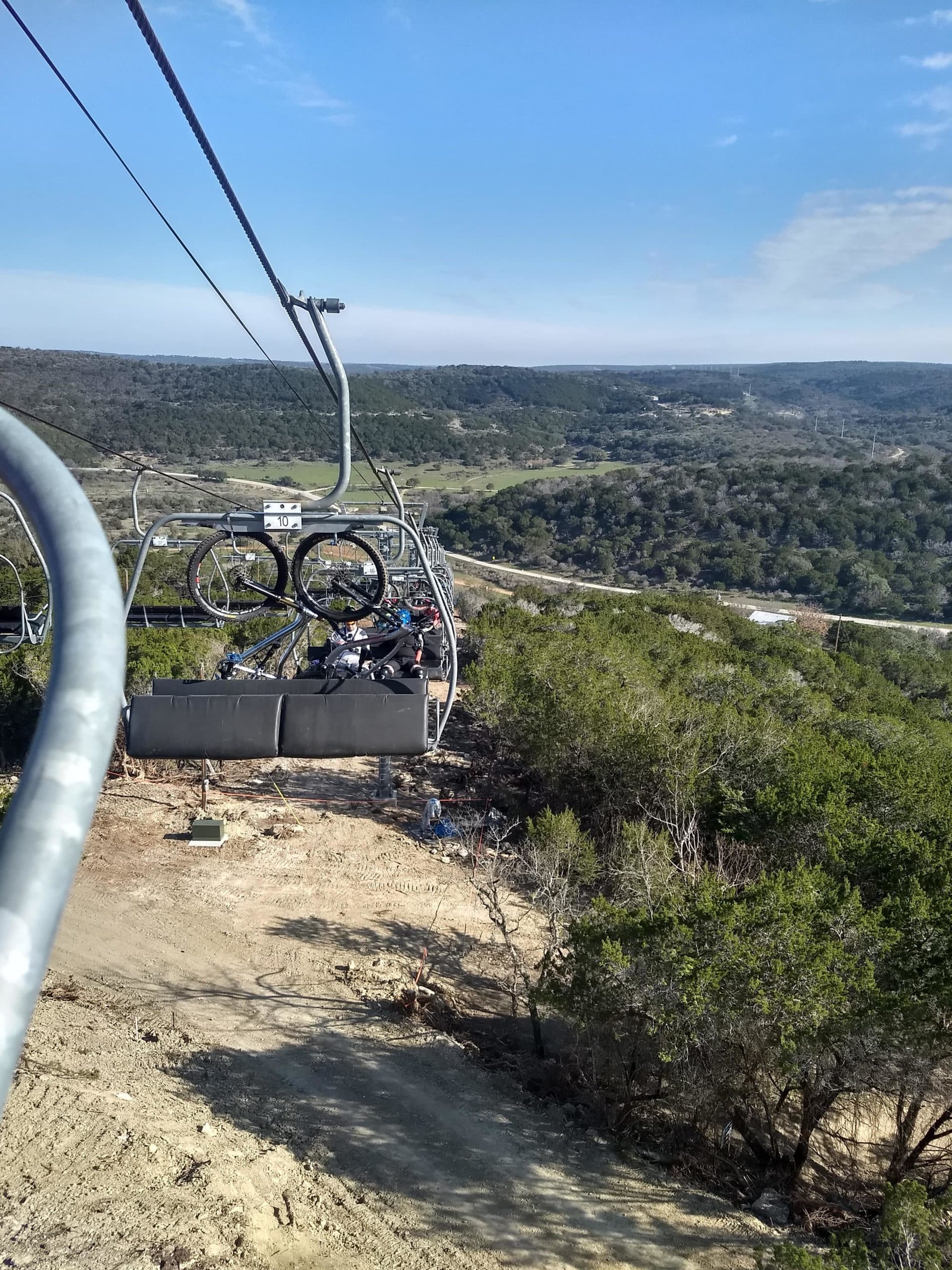
 1.5 mi
1.5 mi
